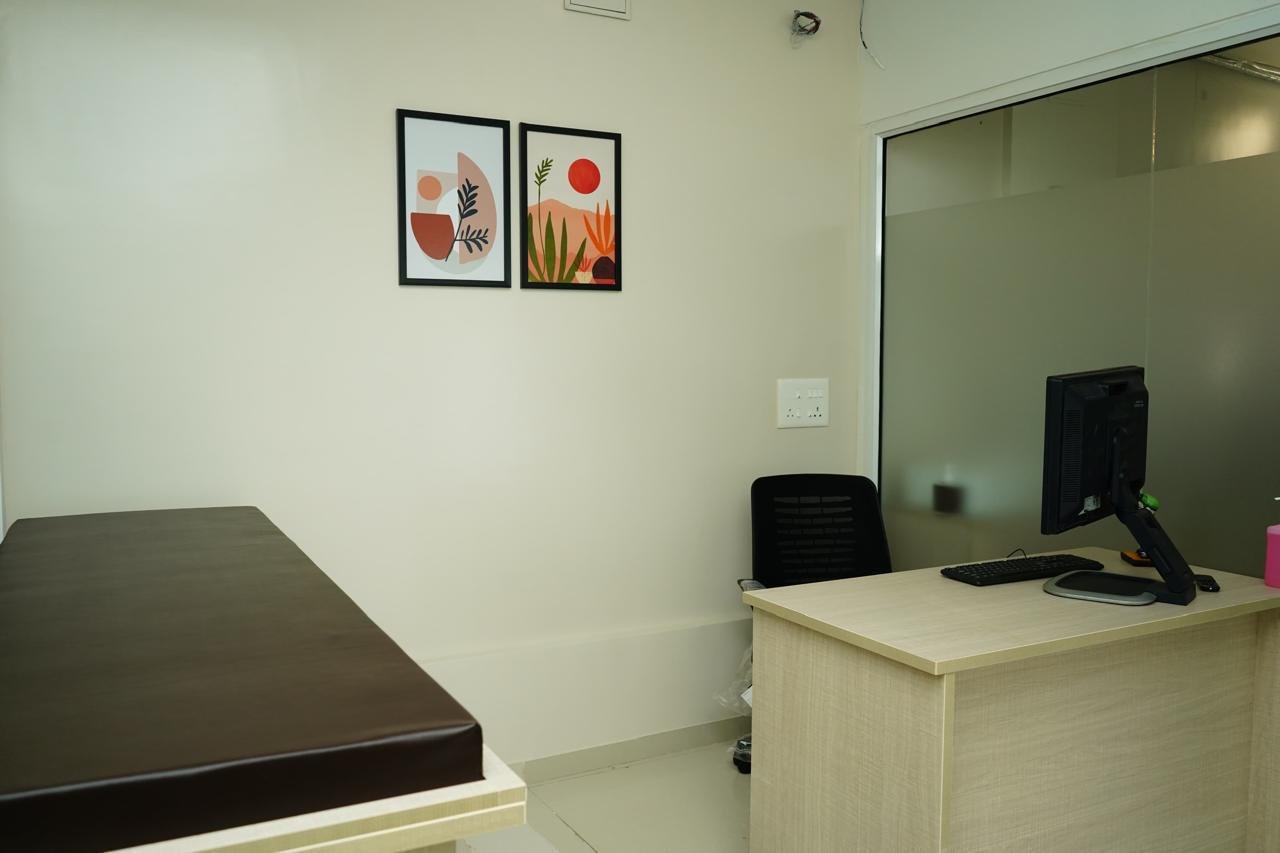Osteoporosis is a silent condition that weakens bones, making them more fragile and prone to fractures. One of the most serious complications of osteoporosis is vertebral collapse — a condition where the bones in the spine (vertebrae) lose their strength and compress or fracture under normal pressure. This can lead to severe pain, reduced mobility, and long-term spinal deformity if not treated promptly.
Understanding Osteoporotic Vertebral Collapse
The human spine is made up of a column of vertebrae that support the body’s weight and protect the spinal cord. In osteoporosis, the density and quality of these bones decrease, making them vulnerable. Even simple activities like bending, coughing, or lifting light objects can trigger a vertebral fracture in someone with osteoporosis.
When a vertebra collapses, it can cause:
Sudden, severe back pain
Gradual loss of height
Hunched posture (kyphosis)
Difficulty moving or performing daily tasks
Causes and Risk Factors
Osteoporotic vertebral collapse typically results from weakened bones due to:
Osteoporosis (primary cause)
Aging
Hormonal changes (especially post-menopause in women)
Poor nutrition and low calcium intake
Sedentary lifestyle
Certain medications (e.g., long-term corticosteroid use)
Diagnosis
Accurate diagnosis is crucial for effective treatment. A spine specialist may recommend:
X-rays to detect fractures
MRI or CT scans for detailed imaging
Bone density tests to confirm osteoporosis
Advanced Treatment Options
Modern medical advancements offer effective solutions to restore spine stability and relieve pain.
Some of the most successful treatments include:
1. Vertebroplasty
A minimally invasive procedure where medical-grade cement is injected into the fractured vertebra to stabilize it and reduce pain.
2. Kyphoplasty
Similar to vertebroplasty, but involves inserting a small balloon into the collapsed vertebra to restore height before filling it with bone cement.
3. Minimally Invasive Surgery
Ensures faster recovery, minimal blood loss, and shorter hospital stays compared to traditional open surgeries.
4. Osteoporosis Management
Long-term care includes:
Medications to strengthen bones
Lifestyle changes like weight-bearing exercises
Calcium and Vitamin D supplementation
Regular follow-up bone density scans
Why Early Intervention Matters
If left untreated, osteoporotic vertebral collapse can lead to:
Chronic pain
Severe spinal deformity
Reduced quality of life
Increased risk of future fractures
Prompt treatment not only relieves pain but also prevents further damage to the spine.
Expert Spine Care with Dr. Ishant Rege
Dr. Ishant Rege, Consultant Brain & Spine Surgeon, specializes in diagnosing and treating spinal fractures with advanced techniques like vertebroplasty, kyphoplasty, and minimally invasive procedures. With expertise in comprehensive osteoporosis management, Dr. Rege ensures a holistic approach — addressing both the fracture and its root cause.
Conclusion
Osteoporotic vertebral collapse is a serious yet treatable condition that requires timely diagnosis and specialized care. With modern advancements like vertebroplasty, kyphoplasty, and minimally invasive spine surgeries, patients can achieve rapid pain relief, restored mobility, and improved quality of life. Addressing the underlying osteoporosis is equally important to prevent future fractures. Under the expert guidance of Dr. Ishant Rege, patients receive comprehensive, patient-focused treatment that targets both the immediate fracture and long-term bone health — helping them return to a pain-free, active life.







Social Media